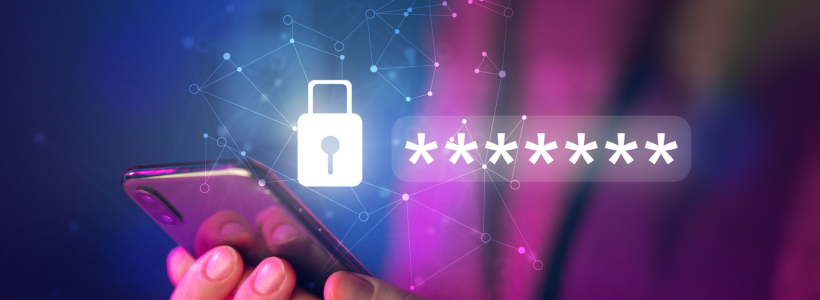From dangerous links to malicious attachments, fraud and online scams remain the most common forms of cybercrime.
As the largest attack surface in existence, mobile devices such as smartphones and tablets are targeted by cybercriminals due to a combination of quantity, access, and vulnerability.
Active smartphone subscriptions topped 6.7 billion in 2023, and mobile devices have access to confidential information as most people use dozens of apps for work and personal reasons.
Mobile devices are as susceptible as desktop computers to malicious software, infections, and other dangerous vulnerabilities. There’s also the physical threat of losing or having a device stolen, which is an additional security concern.
Our exposure to cyber threats increases as we spend more time on smartphones.
Protect yourself from cybercrime with these tips from the Winnipeg Regional Real Estate Board.
Top smartphone security fundamentals
- Manage Permissions: Mobile applications need to be granted various permissions to function, but even legitimate apps sometimes request more permissions than necessary. If a music player app needs to access your contacts or pictures, prevent them from accessing that data or more personal information that is needed.
- Prioritize physical security: Smartphones should be protected with a unique PIN code, but it’s also a good idea to lock the screen automatically after a few seconds. Lock your phone once you’re done using it or before putting it down.
- Beware of malicious apps: These apps steal data and spread malware. You can avoid them by only installing apps from legitimate app stores and developers.
Learn more about smartphone security fundamentals.
Mobile Attack Methods
- Voice phishing: This scam occurs when the attacker contacts someone over the phone and tries to con them into surrendering confidential information. They often impersonate someone the target is familiar with.
- Messaging: Mobile devices are as susceptible to malicious infections as computers. That’s why attackers use various services and apps to send messages containing links. Opening the link on a phone could infect it with data-stealing malware.
- QR codes: Quick-response codes are barcodes that smartphones and tablets can easily read. You probably remember using them during COVID-19. However, scanning a malicious QR code could yield similar results to opening a phishing link in an e-mail or text message.
There are more mobile attack methods. Read more about them here.
Warning: Free wi-fi could cost you!
The biggest risk with free wi-fi is that it allows cybercriminals to position themselves between you and a connection point.
Instead of connecting directly to the wi-fi hotspot, criminals can intercept your information, including e-mails, credit card information, login credentials, and organizational information you may be working on.
Learn how to navigate safely when using free wi-fi.
The Winnipeg Regional Real Estate Board has provided this information as part of The Dark Side Series™, a cybersecurity training initiative to improve cybercrime and cybersecurity knowledge and awareness.
You can also learn more from CREB® resources here.




{ 0 comments…}